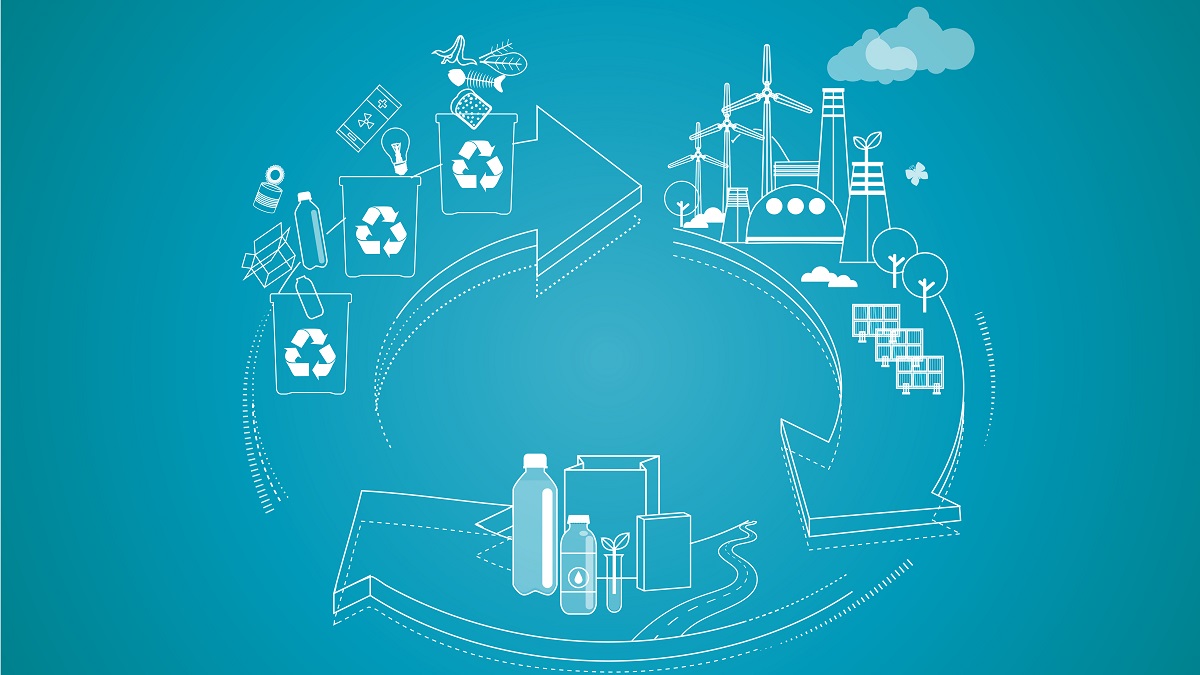How to change attitudes towards the climate crisis
From dancing protesters to thought-provoking documentaries: there are many ways to change attitudes to the climate crisis. But, while it is certain that the climate is changing, is it time we altered our approach to communicating the need for climate action?
Of course, the thought of a dying planet is going to disturb anyone’s peace of mind, and there is an ever-growing, inescapable discourse about the damage we are doing to the environment today.
Climate strike was even named word of the year by Collins Dictionary. But to what extent is this term being circulated in support of protests? What if the majority of people are actually cursing disruptive climate strikes?
A spectrum of different responses seems to exist: on one end, there are people who shout from the rooftops urging climate action (i.e. Extinction Rebellion) and on the other, those who prefer to block out the problems facing our planet, finding it easier to cope this way.
Yes, disruptive protests are controversial. In some respects, they could repel people from understanding our environmental emergency, and tempt them into rejecting the cause all together.
Especially if workers had their compute interrupted for example, or if individuals feel forced into thinking a certain way, there is a slim chance they will listen to – let alone join – the fight against climate change.
On the flip side, environmental activists are angry. They want to be heard. But not everyone agrees with protest as a form of self-expression, causing many to cover their ears and frown upon the movement.
However, there seems to be a common middle ground, where confusion manifests over whether climate change is primarily naturally occurring or mostly exacerbated by man, and what we can and should do about it.
Whether you sit on the fence, on the street with the protesters or as far away from all this as possible, we can hopefully agree that the threat of global warming is real. The welfare of our environment is at stake, and there is evidence to prove its deterioration.
To move forward, we must remove the division between active and passive people, since we are all responsible for the planet we inhabit.
Whether protests are effective is a matter of opinion, but we need as many people on board as possible, so everyone feels the imperative need to live more sustainable lives.
We are not powerless. With a solid understanding, we can make suitable changes. Below, I propose potentially more inviting methods of getting the ‘we are destroying the planet’ point across:
Seeing is believing
Often, documentaries and films are a powerful tool to articulate complex issues, such as widespread concerns regarding the environment. They support the audience in navigating the world around them.
In Before the Flood, Leonardo DiCaprio looks at a range of scientific evidence which illustrates the reality of climate change. The documentary suggests what we can do to respond to this environmental emergency.
Equally, Blue Planet 11 exposed the devastating reality about where our plastic ends up. In one episode, a whale clings onto her baby calf, which has died after possibly being poisoned by the polluted ocean.
This resonates with a distressing YouTube video showing a turtle have a plastic straw removed from his nose, where it has become wedged.
Whilst this shocked viewers, it is the kind of evidence we need to understand the all too real problems at hand. The more this type of media is circulated, the more likely viewers are to take action to protect our home.
Talk it out
There is no better method than open conversation, whether that be a calm discussion or heated debate. All opinions matter and can contribute to a vast discourse about what should be done, why and how.
Using social media
There are a range of different social media accounts which post facts, statistics, news and tips. For example, on the popular photo sharing platform Instagram, my favourites are climate_science and nowehereandeverywhere_.
Seeing their posts appear on my timeline is not only a necessary alert that climate change is sticking around, but can also offer a reassuring prompt that there are things I can do to help. Plus, the nature of this information makes it easier to digest.
Although these are just a few examples of how to combat a lack of clarity around climate change, I say we need less adversity and more education. By nagging one another with an intimidating attitude, we are undermining the cause which actually exists for the greater good.
Individuals want to understand the reasons behind sustainability, and be convinced to take action by their own independent decision making, not the demands of dancing protesters.
Positive and persuasive messages about how to protect our planet are more likely to produce effective outcomes than divisive and off-putting outlets of protest.
Please, let’s open our minds and hearts to the challenges we are facing today, and tackle the existing tensions with education, compassion and unity.
This post reflects the personal opinion of the author and is in no way reflective of the editorial position of 17GlobalGoals.com






